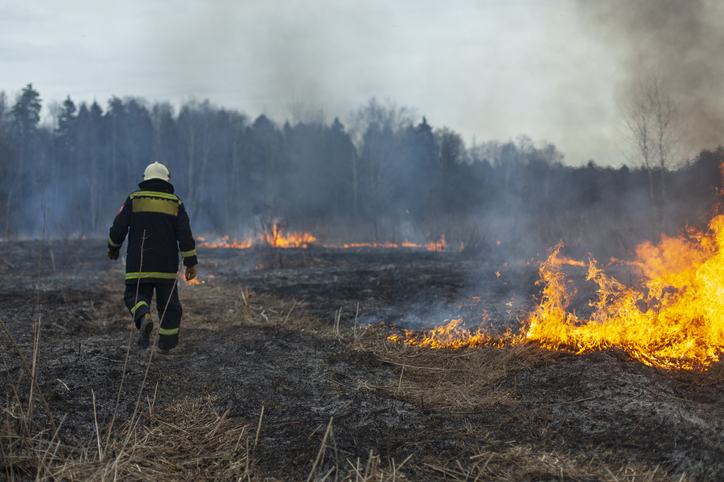
Fire hazards are an unfortunate reality for both homeowners and business owners with property. While many believe that fire emergencies are rare or unlikely, the truth is that fires can occur unexpectedly, leaving devastation in their wake. In fact, around half a million structure fires occur in the U.S. each year. The best way to lower risks, minimize damage, and protect lives is to prioritize fire control devices. These systems may provide advanced monitoring, control, and alert capabilities to mitigate risk and potentially prevent catastrophic losses.
Fires pose a threat not only to property but also to lives, making fire prevention and control a responsibility that cannot be overlooked. For homes, fires often start from kitchen mishaps, heating equipment, or electrical malfunctions, while businesses face additional risks from machinery, stored materials, or flammable chemicals.
The Role of Fire Control Devices
Fire control devices fall into three main categories – monitoring, control, and alert – and they work together as a comprehensive defense against fire emergencies. Below, we explore how each category operates to reduce the risk of fires in homes and commercial spaces.
1. Monitoring Fires with Detection Devices
Fire monitoring devices are designed to notice fire risks early so that action can be taken immediately.
- Smoke Alarms are the most common monitoring system in homes and serve as a critical first line of defense. They detect smoke particles in the air and sound an alarm before a fire grows.
- Fire Detection Systems in commercial settings are more sophisticated, incorporating sensors that detect temperature changes, smoke, and even gas leaks. Advanced systems send warnings directly to property managers or emergency services, allowing rapid response.
Early detection saves lives and reduces the damage caused by fire, giving firefighters and property owners a significant time advantage to address the issue.
2. Controlling Fires with Professional Systems
Once a fire starts, fire control systems work to suppress and manage it, aiming to prevent its spread and limit damage.
- Fire Sprinkler Systems automatically activate and release water to control flames as soon as a fire is detected. These are effective in both homes and businesses and are proven to reduce fire fatalities and property loss.
- Fire Suppression Systems are typically found in commercial spaces or facilities with expensive equipment at high risk of fire damage. They use agents like foam, gas, or chemicals instead of water to put out fires where water might cause additional harm (such as in data centers or kitchens).
Having systems like these installed ensures that fires can be quickly contained, preventing more extensive damage and keeping individuals safe. Some businesses – like restaurants – may have requirements around the installation, maintenance, and inspection of these systems.
3. Alert Systems for Enhanced Communication
An often overlooked but equally important aspect of fire safety is having reliable alert systems in place to notify the right people at the right time.
- Wired Alarm Systems connect fire alarms throughout a building, making them effective in large properties where immediate evacuation is crucial.
- Monitored Fire Alarm Systems provide the added benefit of direct communication with emergency responders. When triggered, these systems alert a monitoring service that can dispatch the fire department, even if no one is on-site to call for help.
Alert systems don’t just save lives – they also ensure faster emergency response, minimizing the risk of total loss.
Taking the Next Steps
Fires don’t make exceptions; they can affect residential and commercial properties alike. The proactive use of fire monitoring, controlling, and alerting devices not only provides a safeguard for what matters most but also ensures compliance with modern safety standards.
Take the time to assess your property and determine how fire control devices can be implemented or upgraded. Investing in these systems today can save lives, reduce property destruction, provide long-term peace of mind, and might even help reduce your costs for insurance coverage.